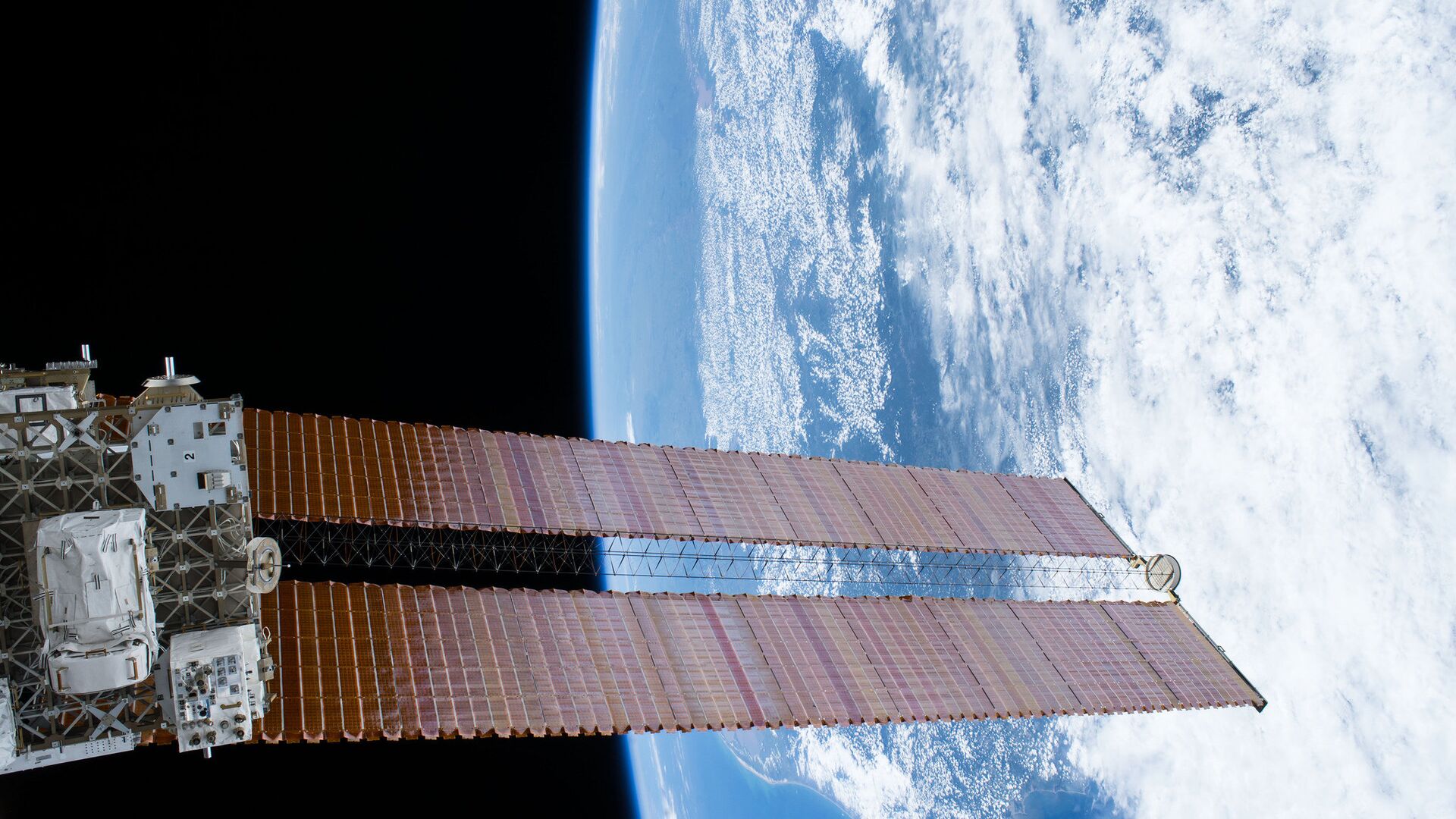
MOSCOW, August 9 Viable bacteria discovered on the outer surface of the International Space Station (ISS) as part of the Test experiment turned out to be resistant to space radiation, said Elena Shubralova, chief specialist at TsNIIMash.
The «Test» experiment has been conducted on the ISS since 2010. It involves cosmonauts collecting fine sediment from the outer surface of the station and then delivering it to Earth for transfer to scientists. The analyses carried out with the samples allow us to find out whether there are microorganisms outside the ISS, how they got there, and how resilient they are in space. 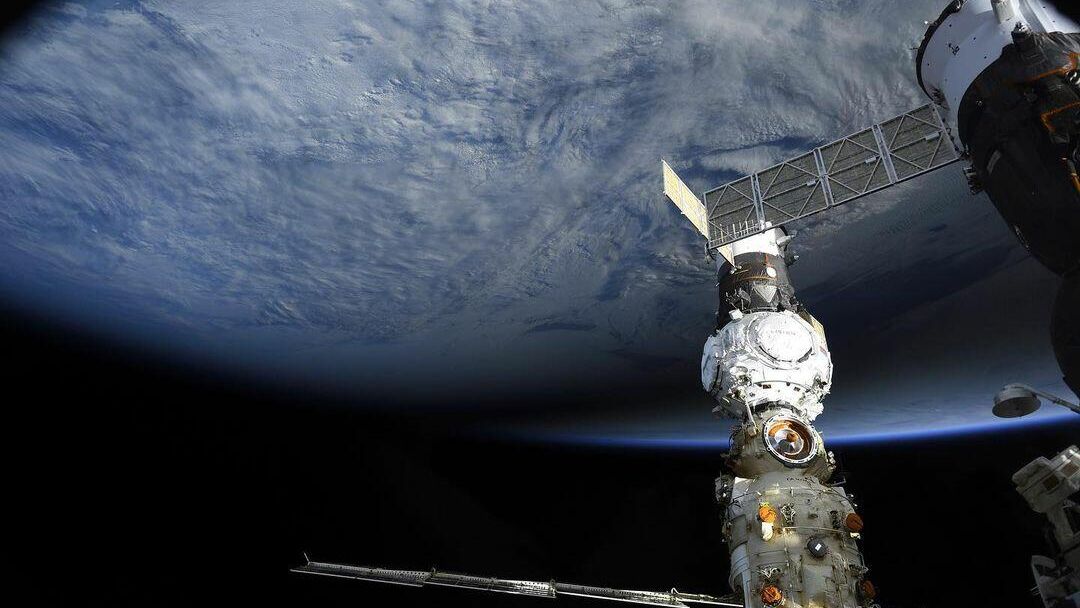
«
«We have found not only DNA, but also viable bacteria. They have not detected any DNA changes that would be expected given the density of the proton flux, helium nuclei and heavy charged particles, as well as the intensity and spectrum of UV radiation. Moreover, traces of metabolic activity of these microorganisms have been detected,» said Shubralova.
She specified that DNA fragments of various bacteria living in the Barents Sea, in the soil of Madagascar and various bodies of water, as well as DNA of plant genomes, archaea and fungi Erythrobasidium and Cystobasidium, Bjerkandera were found outside the ISS.
According to Shubralova, viable spores of microorganisms were discovered already in the first sampling session in 2010. In addition, microbiological analysis showed the presence of viable spores of microorganisms in 50% of the samples, and molecular analysis confirmed the presence of DNA and their fragments in 75% of the samples.
«The presence of representatives of typical terrestrial and marine genera of bacteria on the surface of the ISS has proven the existence of ascending transport of bacterial DNA from the troposphere to the ionosphere through the mechanism of turbulent electrothermal diffusion, capturing aerosol particles with the ascending branch of the global electric circuit, i.e. the transfer of aerosol matter from the troposphere to the heights of the ionosphere,» she added.
Thus, according to Shubralova, the data obtained indicate that in the upper part of the ionosphere (at heights of about 400 kilometers), living organisms are not random inhabitants, but constitute a permanent community, which scientists previously attributed only to the aerobiosphere at heights of up to 70 kilometers. 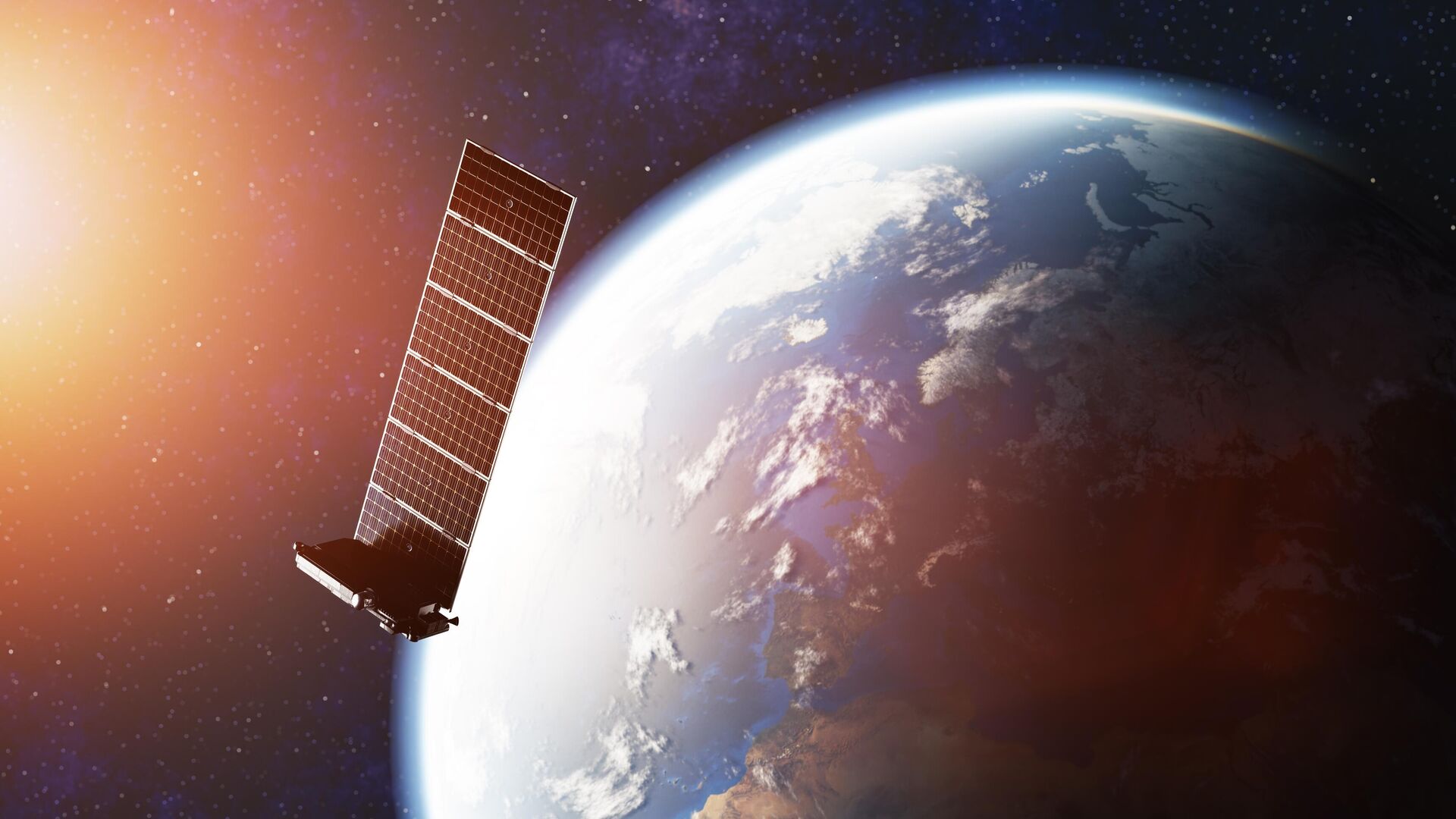








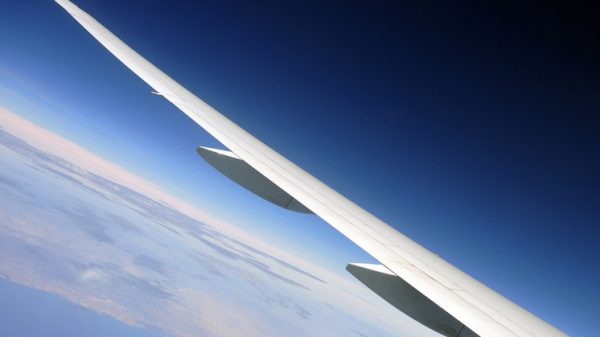

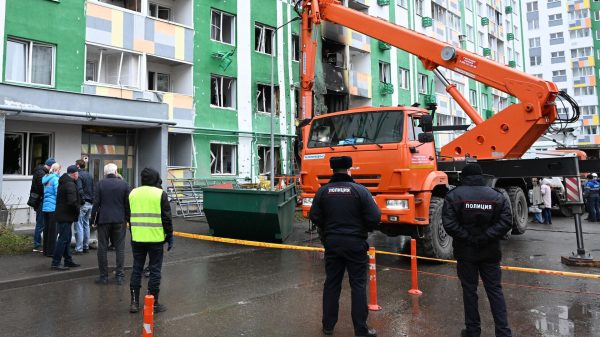
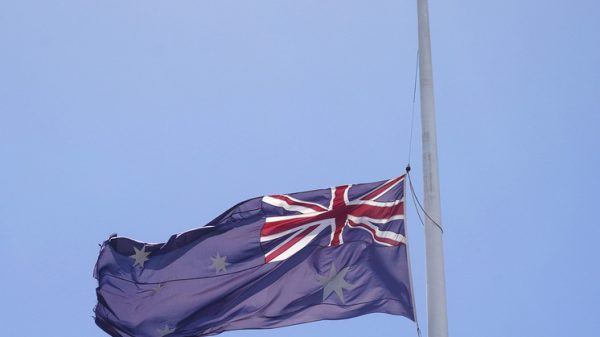







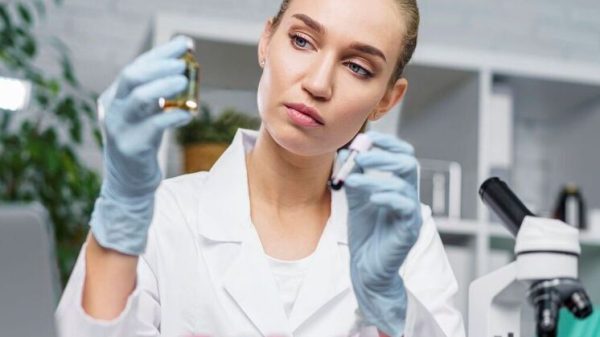
















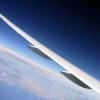



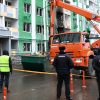













Свежие комментарии